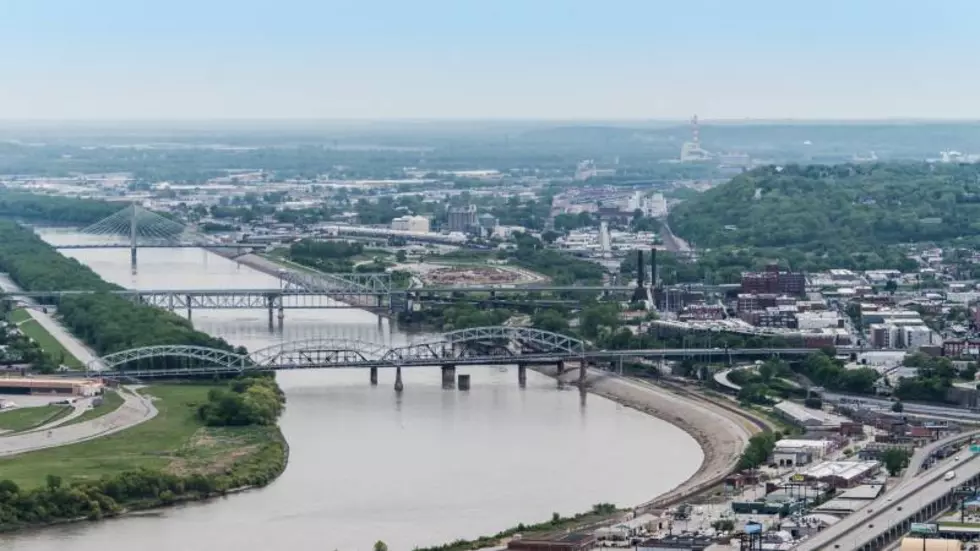
Want a Free Bridge? MoDOT Has Some Available
Want a free bridge? The Missouri Department of Transportation has some you can have for free. In some cases they'll pay 80% of what it would cost them to demolish the bridge for you to reuse it. There are some catches. You can't just go "Hey MoDOT, give me my free bridge."
When a Missouri bridge project using federal funds requires the removal of a historic bridge, federal law requires MoDOT, or it's local transportation partners, to “first make the historic bridge available for donation to a State, locality, or responsible private entity.” Here's where the conditions start.
The recipient of the bridge has to "maintain the bridge and the features that give it historic significance and assume all future legal and financial responsibility for the bridge." Additionally, since the bridges are historic, preservation covenants may apply. Buyers also may have to adhere to the "Buy America" provisions of Federal grants. And of course, it's the government so expect there to be red tape.
Currently MoDOT has eight bridges available for reuse or relocation:
- Moscow Mills Bridge on Route 814 in Lincoln County
- Thayer Viaduct on Route 19 in Oregon County
- Little Black River Bridge on Route 142 in Ripley County
- The Buck O'Neil Bridge on Route 169 in Kansas City
- The Highway 40 Bridge over Salt Creek and the Katy Trail in Howard County.
- The Poplar Bluff Viaduct over the Union Pacific Rail Road and the Black River in Butler County.
- Leeper Bridge on Highway 34 over the Black River in Wayne County.
- The Long Branch Bridge on County Road 819 over Long Branch in Monroe County.
Obviously, MoDOT's Free Bridge program isn't designed for an individual to save a bridge. It's designed for counties, municipalities or in some cases very committed groups to give historic bridges another life. Which actually is a pretty cool.
Missouri does a few things besides trying to sell bridges to save them. The state may dismantle and store bridges to use them somewhere else at a future date. They save historical bridge components for reuse as educational or interpretive materials. They salvage components for use in in other historic bridges.
At the very least the state prepares a thorough history of each historical bridge including archival photographs and a detailed description of the bridge which is archived at the state or national level depending on the significance of the bridge.
More From AM 1050 KSIS










